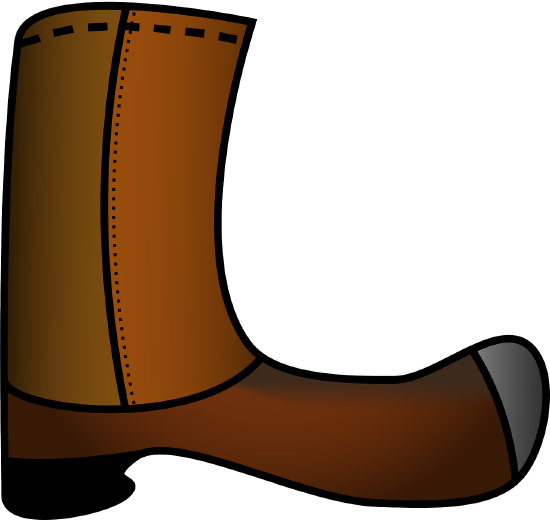4.3: Los verbos con cambios radicales
- Page ID
- 74934
\( \newcommand{\vecs}[1]{\overset { \scriptstyle \rightharpoonup} {\mathbf{#1}} } \) \( \newcommand{\vecd}[1]{\overset{-\!-\!\rightharpoonup}{\vphantom{a}\smash {#1}}} \)\(\newcommand{\id}{\mathrm{id}}\) \( \newcommand{\Span}{\mathrm{span}}\) \( \newcommand{\kernel}{\mathrm{null}\,}\) \( \newcommand{\range}{\mathrm{range}\,}\) \( \newcommand{\RealPart}{\mathrm{Re}}\) \( \newcommand{\ImaginaryPart}{\mathrm{Im}}\) \( \newcommand{\Argument}{\mathrm{Arg}}\) \( \newcommand{\norm}[1]{\| #1 \|}\) \( \newcommand{\inner}[2]{\langle #1, #2 \rangle}\) \( \newcommand{\Span}{\mathrm{span}}\) \(\newcommand{\id}{\mathrm{id}}\) \( \newcommand{\Span}{\mathrm{span}}\) \( \newcommand{\kernel}{\mathrm{null}\,}\) \( \newcommand{\range}{\mathrm{range}\,}\) \( \newcommand{\RealPart}{\mathrm{Re}}\) \( \newcommand{\ImaginaryPart}{\mathrm{Im}}\) \( \newcommand{\Argument}{\mathrm{Arg}}\) \( \newcommand{\norm}[1]{\| #1 \|}\) \( \newcommand{\inner}[2]{\langle #1, #2 \rangle}\) \( \newcommand{\Span}{\mathrm{span}}\)\(\newcommand{\AA}{\unicode[.8,0]{x212B}}\)
Stem-changing verbs
Stem-changing verbs are those verbs with changes only in the stem (root).
Observations
The conjugation endings remain the same as those of regular verbs:
- Verbs that end in "-ar" have the following endings when conjugated: -o, -as, -a, -amos, -áis, -an
- Verbs that end in "-er" have the following endings when conjugated: -o, -es,-e, -emos, -éis, -en
- Verbs that end in "-ir" have the following endings when conjugated: -o, -es,-e, -imos, -ís, -en
There are 3 types of stem-changing verbs
- Verbs that stem change from "e → ie"
- Verbs that stem change from "o → ue"
- Verbs that stem change from "e → i"
Observations
- The change is on the last vowel of the stem. This will help you avoid confusion with stem-changing verbs like "comenzar" and "encontrar" as the last vowel of the stem for each verb is "e" and "o" respectively. Note that the vowel in bold is the one that must change. Moreover, the endings that need to change in conjugated versions are in blue.
- They are also known as "boot verbs" because this change is only for the subject pronouns "yo, tú, Ud., él, ella, Uds., ellos, ellas". The subject pronouns "nosotros, vosotros" do not have this stem-change. The conjugations that are shaded in the following chart show the stem-change. Note that the shaded area looks like a boot.
e → ie, verb "cerrar"
| Singular Conjugations | Plural Conjugations |
|---|---|
| yo cierro | nosotros cerramos |
| tú cierras | vosotros cerráis |
| Ud., él, ella cierra | Uds., ellos, ellas, cierran |
o → ue, verb "volver"
| Singular Conjugations | Plural Conjugations |
|---|---|
| yo vuelvo | nosotros, nosotras volvemos |
| tú vuelves | vosotros, vosotras volvéis |
| Ud., él, ella vuelve | Uds., ellos, ellas vuelven |
e → i, verb "pedir"
| Singular Conjugations | Plural Conjugations |
| yo pido | nosotros, nosotras pedimos |
| tú pides | vosotros, vosotras pedís |
| Ud., él, ella pide | Uds., ellos, ellas piden |
List of common stem-changing verbs
| List of stem-changing verbs: E→IE | List of stem-changing verbs: O→UE | List of stem-changing verbs: E→I |
|---|---|---|
| cerrar - to close | almorzar - to eat lunch; to have lunch | pedir - to ask for something; to request |
| comenzar - to start; to begin | costar - to cost | repetir - to repeat |
| empezar - to start; to begin | devolver - to return (something taken) | servir - to serve |
| entender - to understand | dormir - to sleep | *conseguir - to get; to obtain |
| mentir - to lie | encontrar - to find; to meet up with someone | *seguir - to follow; to continue |
| pensar - to think | poder - to be able to; can | ^decir - to say; to tell |
| perder - to lose; to miss | recordar - to remember | |
| preferir - to prefer | volar - to fly | *The "yo" form has an additional stem change: drop the "u": consigo, sigo. |
| querer - to want; to love | volver - to return (to a location) | ^The "yo" form has an additional stem change: "c"→"g": digo. |
|
jugar [u→ue] - to play (a sport; a game; a match) This is the only verb that stem-changes from "u → ue". |
Note that the verbs above, indicate the vowel that must change in bold. Moreover, the endings that need to change in conjugated versions are in blue.

"Boots" by OpenClipartVectors, Pixabay is licensed under CC0 1.0



